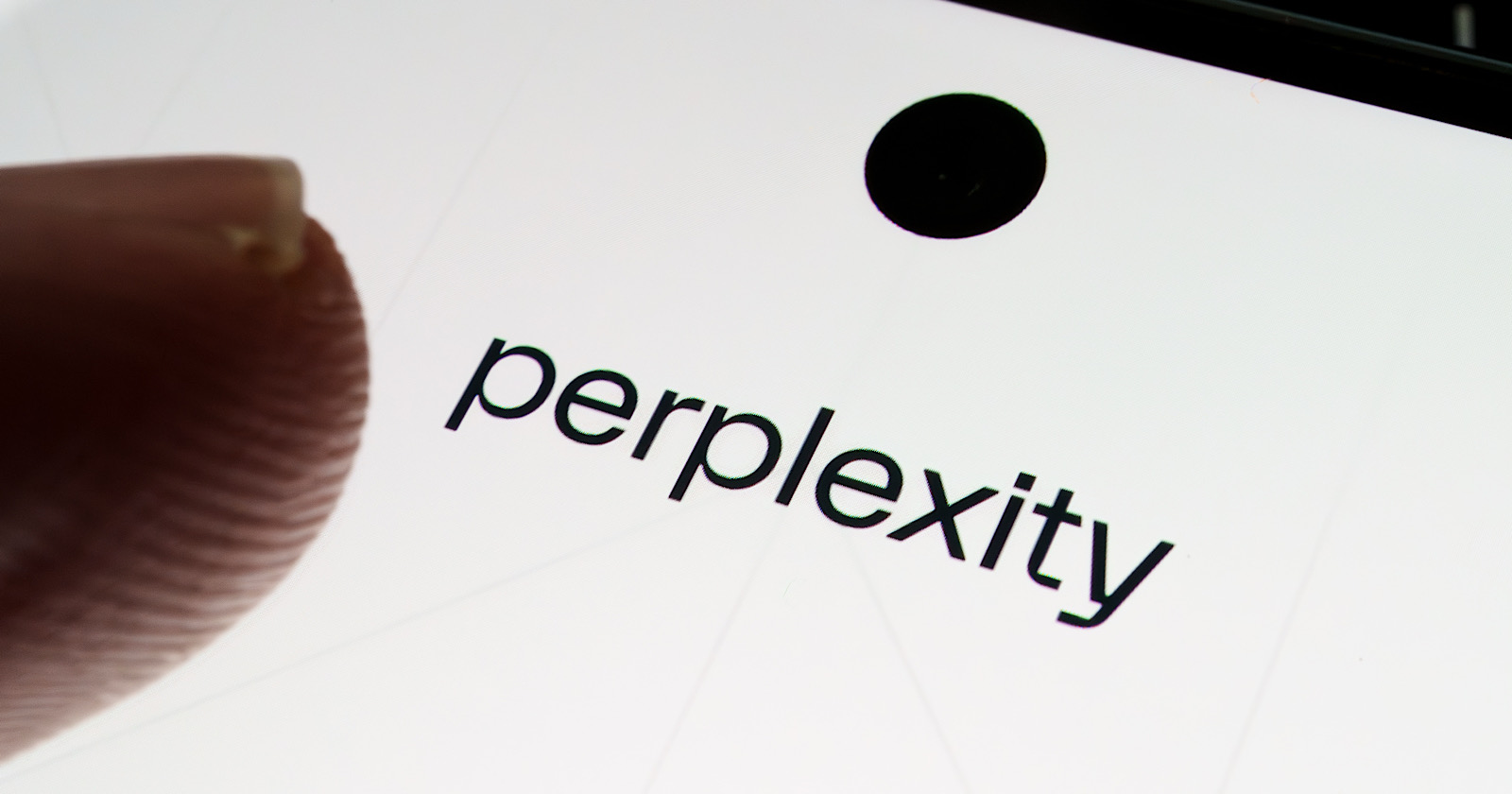Perplexity has launched a web browser, Comet, offering users a look at how the company is evolving beyond AI search.
While Comet shares familiar traits with Chrome, it introduces a different interface model. One where users can search, navigate, and run agent-like tasks from a single AI-powered environment.
A Browser Designed for AI-Native Workflows
Comet is built on Chromium and supports standard browser features like tabs, extensions, and bookmarks.
What sets it apart is the inclusion of a sidebar assistant that can summarize pages, automate tasks, schedule meetings, and fill out forms.
You can see it in action in the launch video below:
In an interview, Perplexity CEO Aravind Srinivas described Comet as a step toward combining search and automation into a single system.
Srinivas said:
“We think about it as an assistant rather than a complete autonomous agent but one omni box where you can navigate, you can ask formational queries and you can give agentic tasks and your AI with you on your new tab page, on your side car, as an assistant on any web page you are, makes the browser feel like more like a cognitive operating system rather than just yet another browser.”
Perplexity sees Comet as a foundation for agentic computing. Future use cases could involve real-time research, recurring task management, and personal data integration.
Strategy Behind the Shift
Srinivas said Comet isn’t just a product launch, it’s a long-term bet on browsers as the next major interface for AI.
He described the move as a response to growing user demand for AI tools that do more than respond to queries in chat windows.
Srinivas said:
“The browser is much harder to copy than yet another chat tool.”
He acknowledged that OpenAI and Anthropic are likely to release similar tools, but believes the technical challenges of building and maintaining a browser create a longer runway for Perplexity to differentiate.
A Different Approach From Google
Srinivas also commented on the competitive landscape, including how Perplexity’s strategy differs from Google’s.
He pointed to the tension between AI-driven answers and ad-based monetization as a limiting factor for traditional search engines.
Referring to search results where advertisers compete for placement, Srinivas said:
“If you get direct answers to these questions with booking links right there, how are you going to mint money from Booking and Expedia and Kayak… It’s not in their incentive to give you good answers at all.”
He also said Google’s rollout of AI features has been slower than expected:
“The same feature is being launched year after year after year with a different name, with a different VP, with a different group of people, but it’s the same thing except maybe it’s getting better but it’s never getting launched to everybody.”
Accuracy, Speed, and UX as Priorities
Perplexity is positioning Comet around three core principles: accuracy, low latency, and clean presentation.
Srinivas said the company continues to invest in reducing hallucinations and speeding up responses while keeping user experience at the center.
Srinivas added:
“Let there exist 100 chat bots but we are the most focused on getting as many answers right as possible.”
Internally, the team relies on AI development tools like Cursor and GitHub Copilot to accelerate iteration and testing.
Srinivas noted:
“We made it mandatory to use at least one AI coding tool and internally at Perplexity it happens to be Cursor and like a mix of Cursor and GitHub Copilot.”
Srinivas said the browser provides the structure needed to support more complex workflows than a standalone chat interface.
What Comes Next
Comet is currently available to users on Perplexity’s Max plan through early access invites. A broader release is expected, along with plans for mobile support in the future.
Srinivas said the company is exploring business models beyond advertising, including subscriptions, usage-based pricing, and affiliate transactions.
“All I know is subscriptions and usage based pricing are going to be a thing. Transactions… taking a cut out of the transactions is good.”
While he doesn’t expect to match Google’s margins, he sees room for a viable alternative.
“Google’s business model is potentially the best business model ever… Maybe it was so good that you needed AI to kill it basically.”
Looking Ahead
Comet’s release marks a shift in how AI tools are being integrated into user workflows.
Rather than adding assistant features into existing products, Perplexity is building a new interface from the ground up, designed around speed, reasoning, and task execution.
As the company continues to build around this model, Comet may serve as a test case for how users engage with AI beyond traditional search.
Featured Image: Ascannio/Shutterstock


